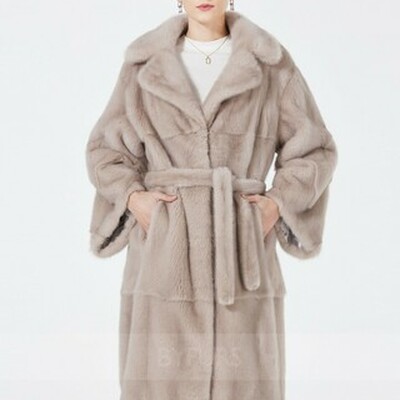Mink fur has long been synonymous with luxury and opulence in the fashion industry. From its soft texture to its undeniable warmth, mink fur has been adored by fashionistas and celebrities for decades. However, behind the glamour lies a contentious debate surrounding the ethics and sustainability of fur production https://www.byfurs.com/. In this article, we will delve into the fascinating world of mink fur, exploring its history, production process, cultural significance, and the ethical considerations surrounding its use in fashion.
The use of fur in clothing dates back thousands of years, with early humans relying on animal pelts for warmth and protection against the elements. Mink fur, specifically, gained popularity in the 19th century when European furriers began breeding minks in captivity for their fur https://www.byfurs.com/faux-furs. The mink's luxurious coat, which is soft, lightweight, and has a natural sheen, quickly captured the attention of high-end fashion houses and aristocrats.
During the early to mid-20th century, mink fur became a symbol of status and wealth, with Hollywood starlets often draped in lavish mink coats on the silver screen. The demand for mink fur skyrocketed, leading to the establishment of mink farms across Europe, North America, and Asia.



